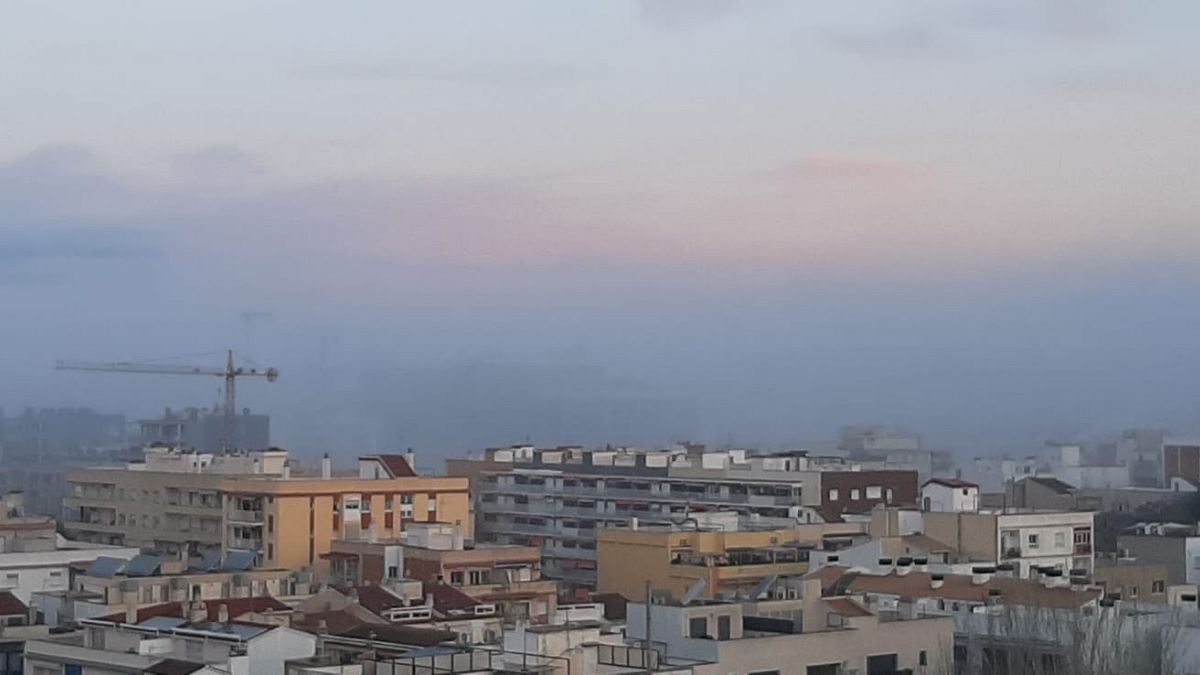ANZ Bank was previously picking the OCR cuts to end in July, but now expects further 25 basis point cuts in each of August and October as insurance.
“The economic recovery, while certainly well underway, is looking a bit more stop-start than our current forecasts imply,” ANZ chief economist Sharon Zollner said.
She said the current uncertainty surrounding global trade and the effect on world growth were further headwinds for New Zealand’s recovery.
“The economy will require a bit more support from monetary policy to ensure that the recovery remains on track – and accordingly, that medium-term inflation doesn’t undershoot the target.”
Zollner said after a period of clarity and stability the RBNZ could then look to return the OCR to a neutral 3% – a level that is neither stimulating the economy nor applying the brakes – towards the end of 2026.
Slower growth, cooler housing market, higher unemployment
The ANZ has dropped its growth forecast to 1 percent for this year from 1.3%, improving to 2.6% next year – previously 2.9%, and staying at that level the year after.
Unemployment is picked to peak at around 5.3% this year before gradually easing to 4.6% by the end of 2026.
Similarly the pace of growth in house prices is expected to slow to around 2% for this year before picking up to between 5 to 6% in 2026.
Zollner said ANZ was not yet going to try to estimate how big a hit to the economy the trade turbulence might have on commodity export prices, global interest rates or “wobbles” in global financial markets, but like the RBNZ would wait and see.
“With inflation pressures looking contained the RBNZ is indeed, as they stated last week, in a good position to respond vigorously to downside risks should they manifest.”














